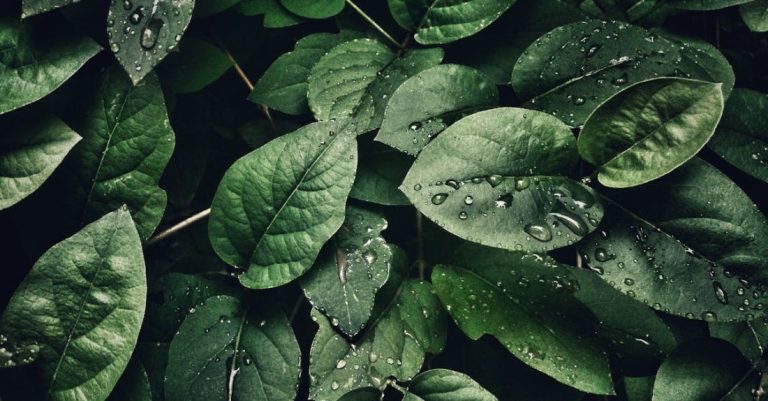
Building Healthy Soil in Permaculture Systems
When it comes to permaculture, healthy soil is the foundation for a successful and sustainable ecosystem. The health of the soil directly impacts the productivity of plants, the quality of the food grown, and the overall resilience of the system. In permaculture, the focus is on working with nature to create a self-sustaining and regenerative environment. Building healthy soil is at the core of this philosophy. Here are some key principles and practices for building and maintaining healthy soil in permaculture systems.
Understanding Soil Health
Soil is a complex living system composed of minerals, organic matter, water, air, and a diverse array of organisms. Healthy soil is teeming with life, including bacteria, fungi, earthworms, and other microorganisms that play vital roles in nutrient cycling, soil structure, and plant health. In permaculture, soil is viewed as a precious resource that must be nurtured and protected.
Regenerative Practices
Permaculture emphasizes regenerative practices that aim to improve soil health over time. One of the fundamental principles of permaculture is to minimize soil disturbance. Tilling, plowing, and other mechanical interventions can disrupt the delicate balance of soil life and structure. Instead, permaculture advocates for no-till or low-till methods that preserve soil structure and minimize erosion.
Cover Cropping
Cover cropping is another essential practice in permaculture systems. Cover crops are grown not for harvest but to cover the soil and protect it from erosion, suppress weeds, and add organic matter. Legumes, such as clover and vetch, are popular choices for cover crops because they fix nitrogen in the soil, reducing the need for synthetic fertilizers. Cover cropping also enhances biodiversity and provides habitat for beneficial insects.
Composting
Composting is a key practice for building healthy soil in permaculture systems. Compost is a valuable source of organic matter and nutrients that improve soil structure, moisture retention, and microbial activity. Kitchen scraps, garden waste, and animal manure can be composted to create a nutrient-rich soil amendment. Composting also helps reduce waste and close the nutrient cycle within the system.
Mulching
Mulching is an effective way to protect and nourish the soil in permaculture systems. Mulch, such as straw, leaves, or wood chips, helps retain soil moisture, suppress weeds, regulate soil temperature, and add organic matter as it breaks down. Mulching also provides habitat for beneficial soil organisms and promotes a healthy soil food web.
Integrating Livestock
Integrating livestock into permaculture systems can also contribute to building healthy soil. Animals, such as chickens, goats, or pigs, can help cycle nutrients, control pests, and improve soil fertility through their manure. Managed grazing practices can mimic natural ecosystems and promote soil health by increasing organic matter and microbial activity.
Rotational Planting
Rotational planting is a strategy used in permaculture to improve soil health and prevent nutrient depletion. By rotating crops each season, different plants with varying nutrient needs are grown in succession, reducing the risk of pests and diseases and promoting soil fertility. Crop diversity also enhances the resilience of the system to environmental stresses.
Maintaining a Balanced Ecosystem
In permaculture, the goal is to create a balanced and harmonious ecosystem where all elements work together to support each other. By focusing on building healthy soil, permaculture systems can thrive and produce abundant yields without depleting natural resources. Healthy soil is the foundation of a resilient and sustainable permaculture system that benefits both the environment and the people who rely on it.
In conclusion, building healthy soil in permaculture systems is essential for creating a sustainable and regenerative environment. By following regenerative practices such as cover cropping, composting, mulching, integrating livestock, rotational planting, and maintaining a balanced ecosystem, permaculturists can nurture the soil and support thriving plant life. Healthy soil is the key to the success of permaculture systems and plays a vital role in creating a resilient and productive ecosystem for the long term.





